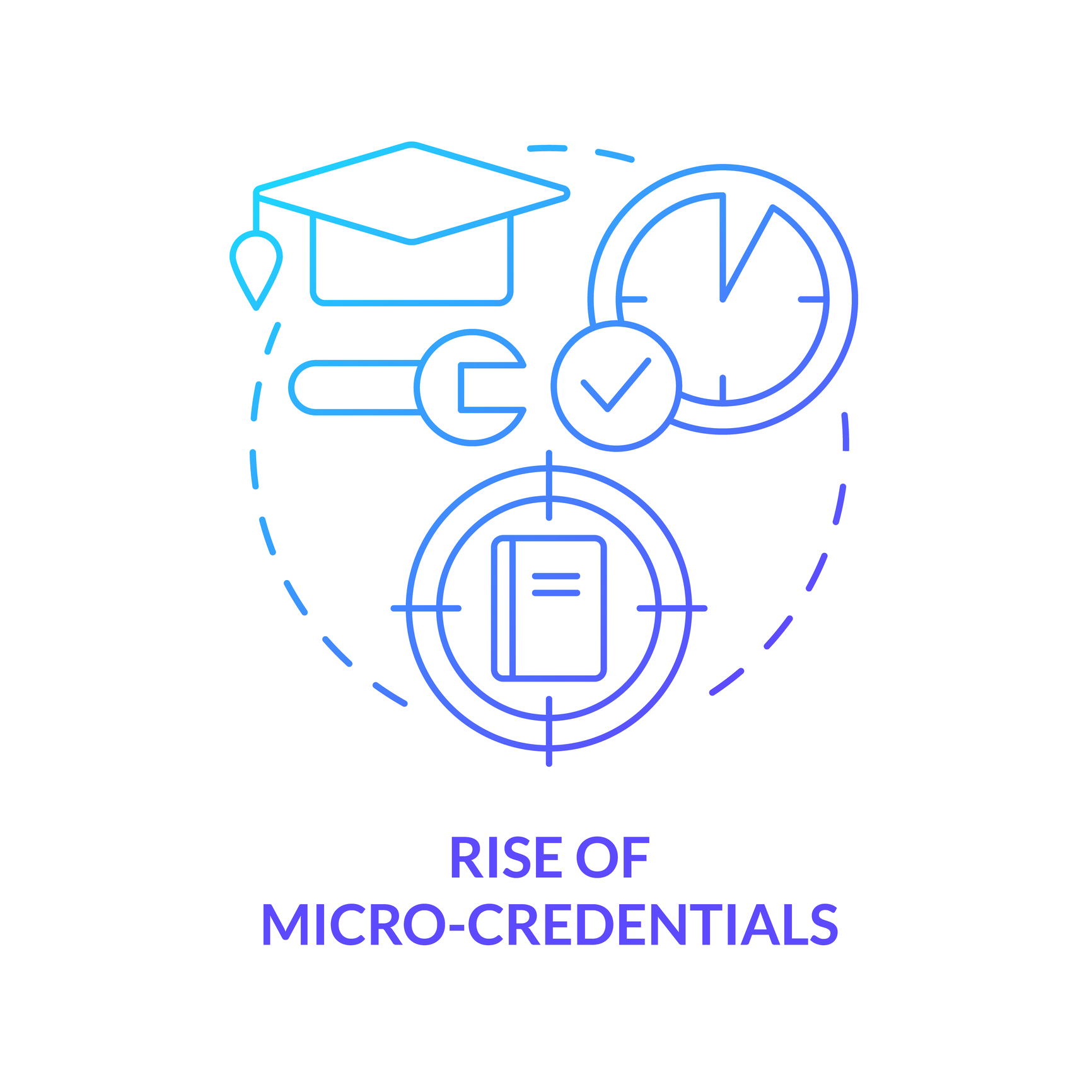Micro-credentials are certainly getting a lot of attention recently. A briefing note by CEDEFOP published in June this year asks the question posed by the title of this article.
It’s also a topic touched on several times before in these pages, and several earlier VDC News articles that can be accessed here, here, and here. So, what does the European Centre for the Development of Vocational Education (CEDEFOP) have to say?
First, they point out that the notion of micro-credentials isn’t new, but they are now proliferating across Europe and “are … offered at various levels in public and private general and vocational education and training (VET).” European countries are also starting to include them in their qualification registers, according to CEDEFOP’s press release. And, as the paper also notes:
“Micro-credentials are largely seen as complementary to the traditional education and training systems, which are sometimes too slow to respond to the rapid labour market changes. In this respect, they could support the EU’s green and digital transitions, which are creating new skill needs across traditional qualification levels and sectors. The challenge now is to improve and scale them up.”
This ‘scaling up’ is something we may well see here in Australia too with a need for continual upskilling and reskilling of existing workers in the wake of Industry 4. This flexibility extends to teaching and learning becoming less ‘constrained by time and space’ and an increased demand for digital and individualised learning that the pandemic has only accelerated. The briefing note from CEDEFOP also points out that:
“This flexibility can potentially make it easier and cheaper for adults to have informally acquired skills validated and recognised. Micro-credentials can improve employability and be a way to address skill needs and gaps rapidly and encourage lifelong learning.”
The briefing note points to questions about them that remain, however – including how they might be stacked and combined and even lead to formal qualifications. It also documents practices in a number of EU countries.
A quick summary of their strengths and weaknesses
The briefing note points to the following strengths:
They can respond to the changing needs of the labour market, promote lifelong learning, assist in upskilling and reskilling, enable learners to build and validate professional skills (non-formal and informal learning), offer opportunities for better understanding and cooperation between education providers and employers, have the potential to provide access to education to a greater variety of learners and finally provide flexible learning pathways.
Weaknesses the briefing note identifies include that:
They cause uncertainty among stakeholders as to their benefits, may proliferate in unregulated ways, confuse users owing to their complexity and variety, lack transparency as to who ensures their quality, present challenges concerning their recognition and are often unable to reach the most vulnerable or disadvantaged learner groups.
If they are to succeed here in Australia they need a strong recognition in the Australian Qualifications Framework, but, as we pointed out in a recent article, there have been ‘knotty problems’ in implementing the revisions to it proposed by the 2019 Review chaired by the late Peter Noonan.
Discussions over them continue in Europe as they do in Australia. However, as the briefing note points out:
“micro-credentials are not seen as a threat in terms of replacing or substituting for formal qualifications. The latter most often target young people before or at the start of their careers, while the first focus on adults who are either qualified or have work experience or both. Micro-credentials are largely seen as complementary to traditional education and training systems, reinforcing their ability to respond to the rapid changes in European labour markets. At this point in time, finding the best way for formal systems and micro-credentials to work together is still a work in progress.”
And then, of course, there is the Australian National Micro-credentials Framework highlighted in one of our earlier articles.








